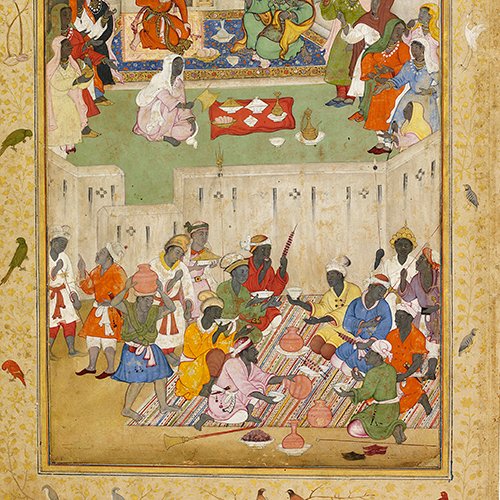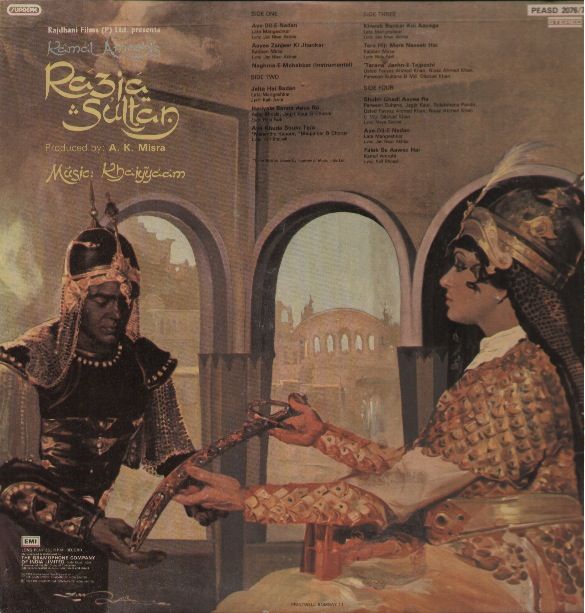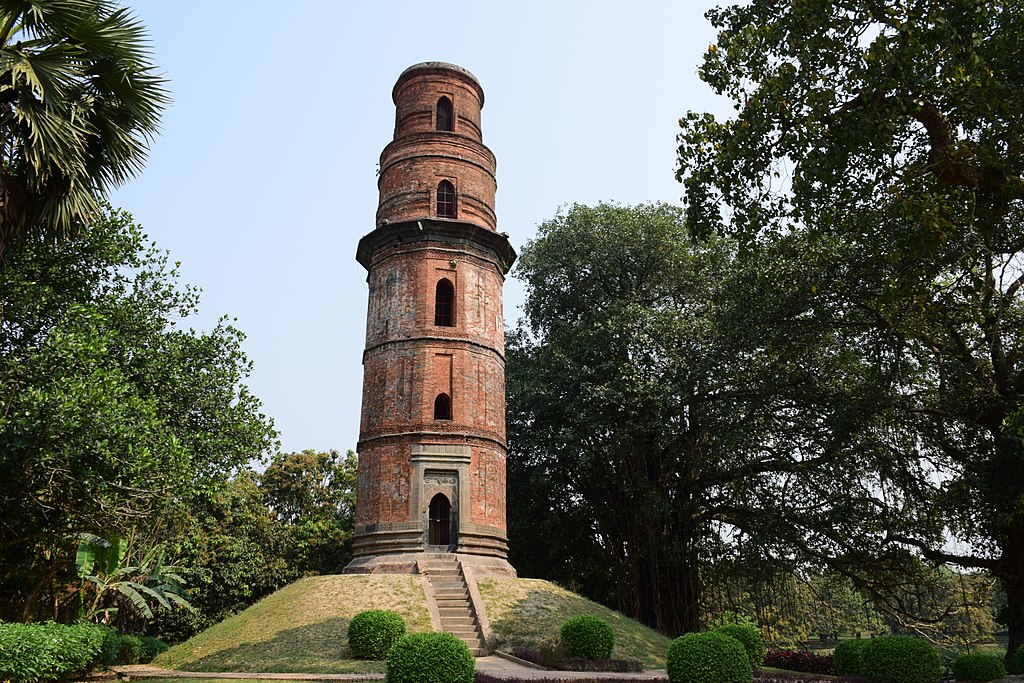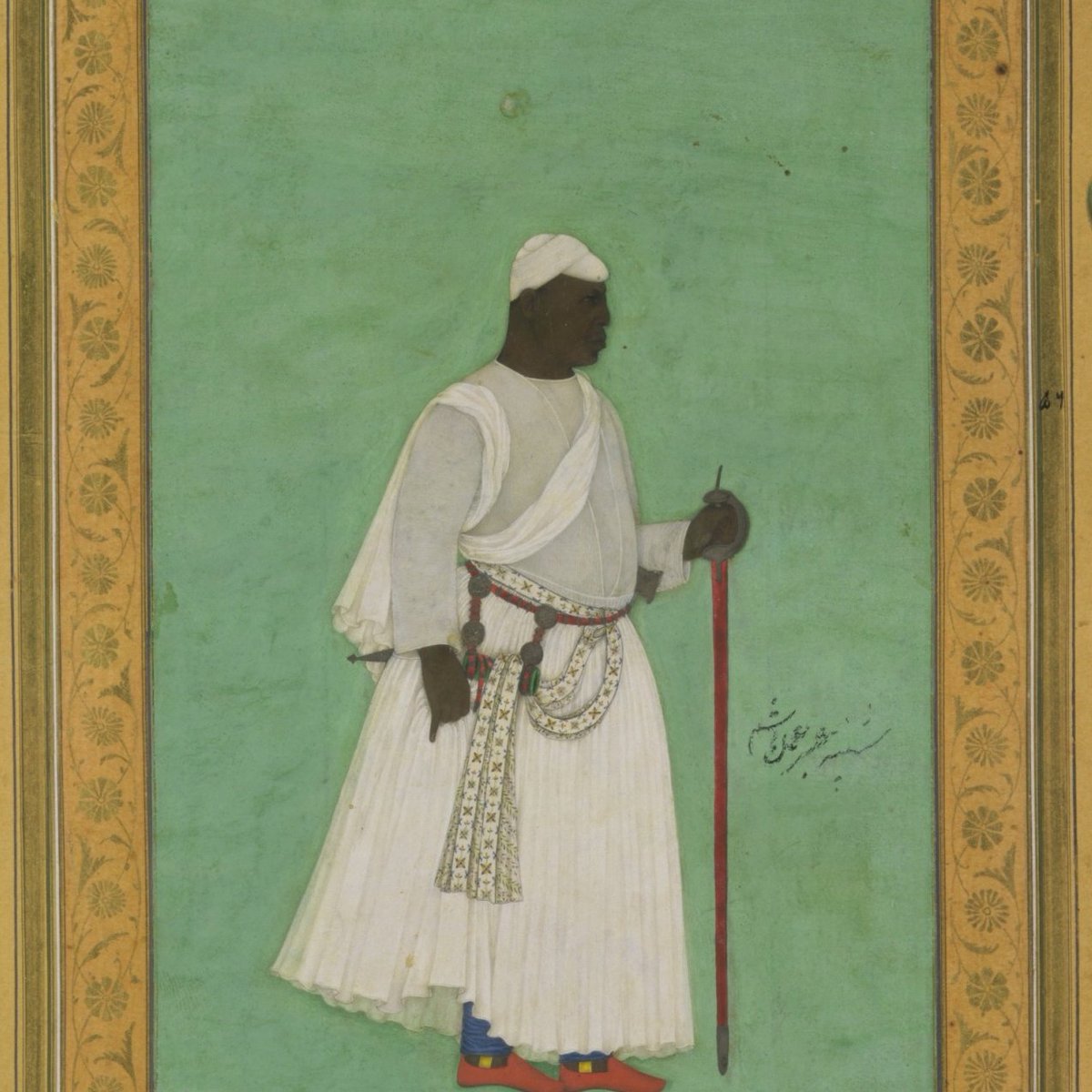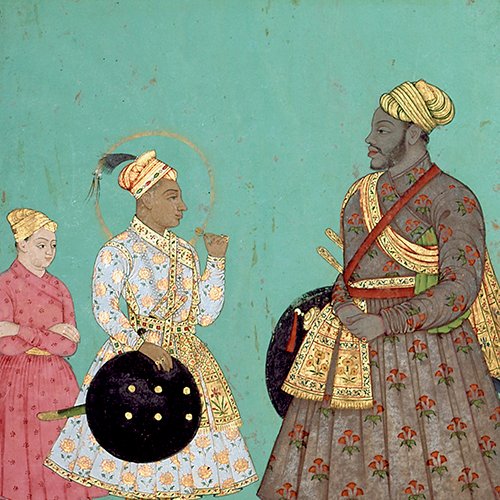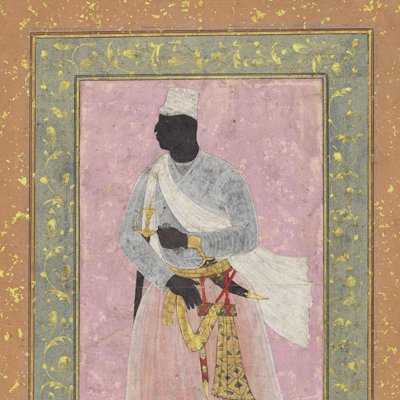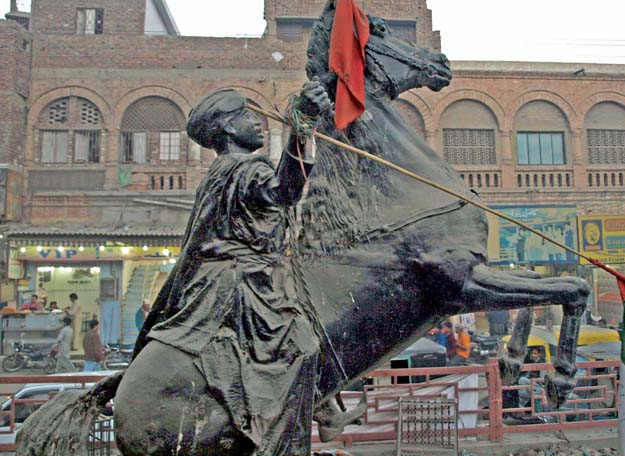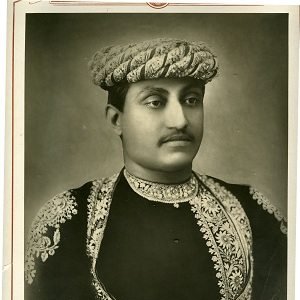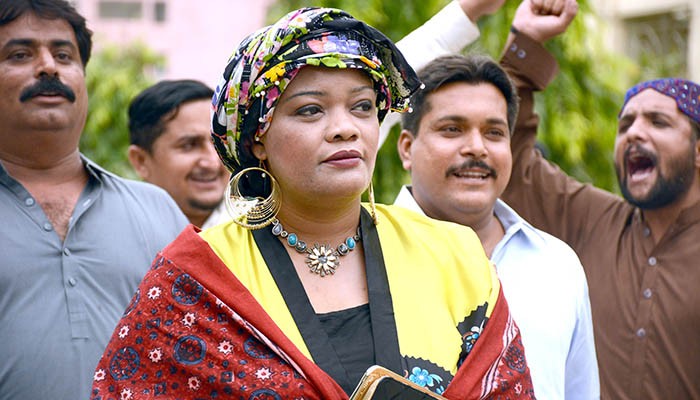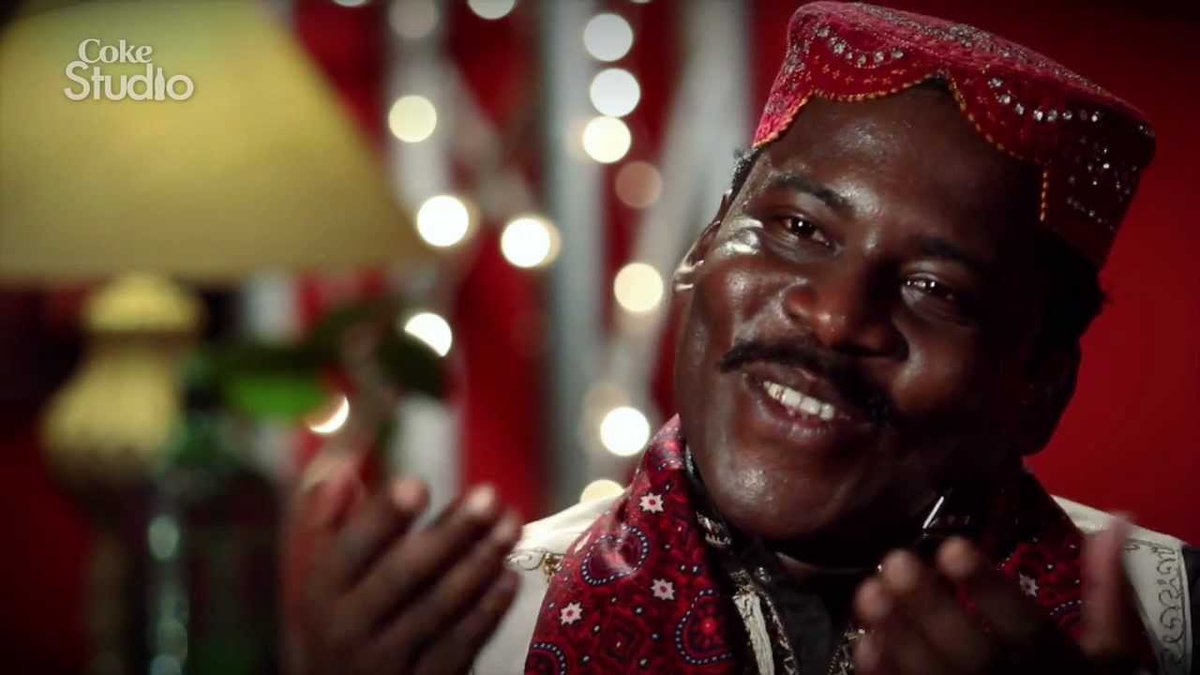Jamal-ud-Din Yaqut is one of the famous early African Siddi slaves during the Mamluk Dyanasty (13th century) who...
[1] books.google.fr/books?id=PucrD…
[2] dawn.com/news/1330155
[3] livehistoryindia.com/history-daily/…
[4] indianexpress.com/article/resear…
[5] indianexpress.com/article/resear…
[6] thinkafrica.net/yakut-khan-the…
[7] nofi.media/2018/09/ikhlas…
[8] madrascourier.com/biography/ikhl…
Despite the millennium-old presence of Siddi people in Hindustan, the biggest inflow of black people into Hindustan came much later - through the Indian Ocean Slave Trade in 17th and 18th century Oman. [14]
There are ~250,000 Makrani people living in Southern Sindh, most of whose ancestors in recent history were slaves. [16] So this is an important perspective to keep in mind, IMHO.

